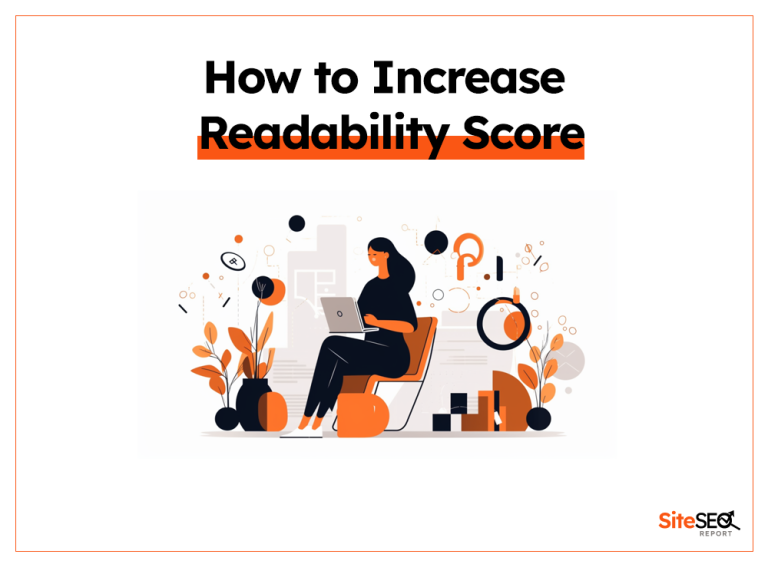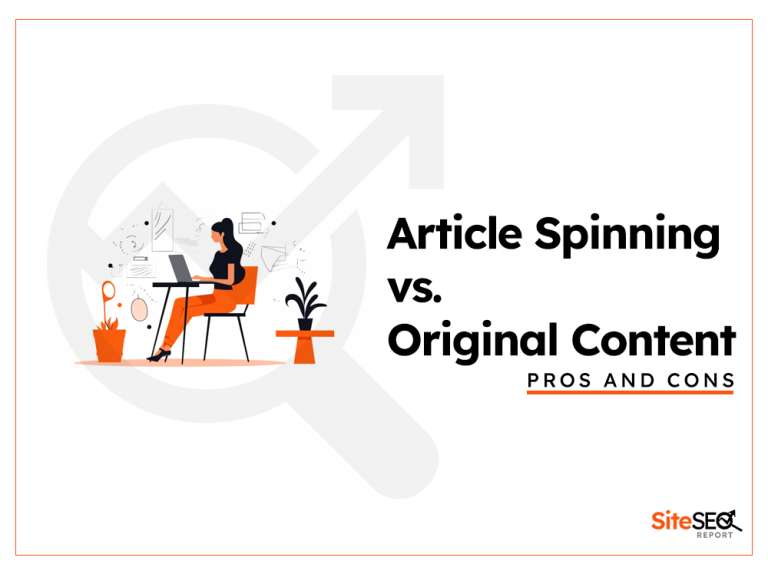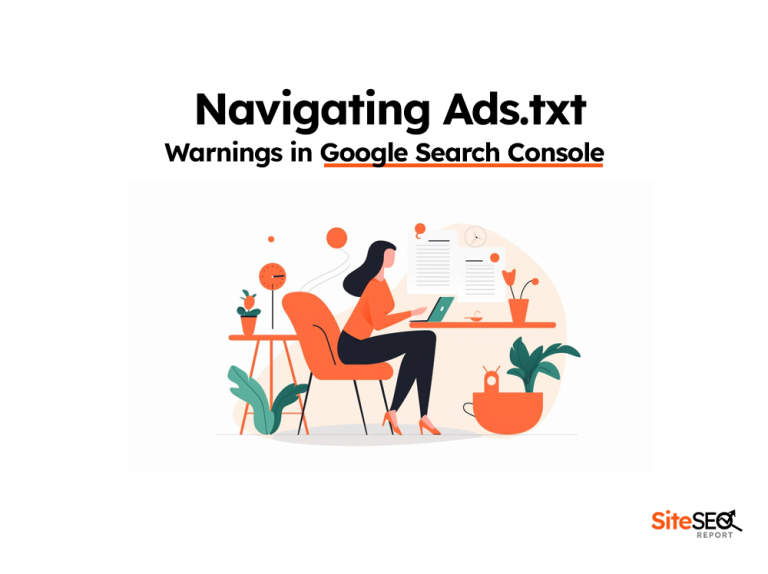In today’s digital age, the way we access and interact with web content has vastly evolved. A pivotal, yet often overlooked component ensuring this seamless interaction is the ‘alt text‘. This small piece of metadata, primarily a beacon for web accessibility, also acts as a significant player in SEO optimization.
What is Alt Text?
Alt text (short for “alternative text”) is more than just an image description. Encoded within the HTML of web pages, it acts as a safety net.
Imagine a visually rich web page where an image doesn’t load due to connectivity issues. Here, the alt text comes into play, providing users a textual descriptor of what they might have seen.
Moreover, for the visually impaired using screen readers to interpret web content, alt text proves invaluable. It translates the visual essence of an image into an audio format, ensuring no content is lost due to visual disabilities.
The Cornerstone: Alt Text and Web Accessibility
Web accessibility isn’t merely a buzzword; it’s a responsibility that web developers and content creators must shoulder. Its aim? To ensure everyone, irrespective of their physical or neurological abilities, can navigate, understand, and interact with online content.
- Bridging Visual Gaps: For those dependent on screen readers, images without alt text become empty spaces. Descriptive alt text fills this gap, painting a picture with words.
- Upholding Web Standards: The Web Content Accessibility Guidelines (WCAG) and the Americans with Disabilities Act (ADA) accentuate the importance of alt text for inclusivity. It’s not just about adhering to guidelines but about creating a universally friendly web space.
SEO: The Unexpected Beneficiary
While its roots are deeply embedded in accessibility, the offshoots of alt text have spread to SEO:
- Image SEO: Think about it – search engines are essentially “blind.” They can’t view images but can read the alt text. This text tells them about the image, aiding in more accurate indexing.
- Content Quality: When search algorithms assess the quality of web content, the presence of meaningful alt text adds weight, signaling a well-constructed and detailed webpage.
Crafting Alt Text: An Art and Science
Writing alt text requires a blend of creativity and technical understanding:
- Descriptiveness: Instead of “cat”, “A Siamese cat lounging on a sunlit windowsill” offers a more vivid picture.
- Avoiding Redundancy: Phrases like “picture of” are redundant. Screen readers already identify it’s an image.
- Relevance is Key: An alt text should fit seamlessly with the image and the surrounding content.
Integration with CMS
Content Management Systems, especially popular ones like WordPress, Drupal, and Joomla, have recognized the importance of alt text. They offer user-friendly interfaces to add or modify alt text, making web accessibility even more attainable.
Frequently Asked Questions
Is alt text the same as a title tag for images?
No, while alt text describes the content of the image, title tags provide additional information and often appear as tooltips in browsers.
How does alt text impact SEO rankings?
Search engines use alt text to understand the context. Relevant alt text can improve image search rankings and overall page relevance.
Are there tools to auto-generate alt text?
Yes, some AI tools can auto-generate alt text, but manual creation is often more accurate and contextually relevant.
What if my image is purely decorative?
For such images, alt text can be kept empty but still needs to be declared, ensuring screen readers skip over it.
How frequently should I update alt text?
Alt text should be updated if the image changes or if you find a more accurate way to describe it.
Is alt text necessary for infographics?
Absolutely! Infographics are dense in information. Alt text should provide a concise summary, and additional accessible content should describe its details.
How does alt text tie into mobile web experiences?
Mobile users also benefit from optimized alt text, especially when images don’t render due to slow connections.
Does every CMS platform offer alt text options?
Most modern CMS platforms do, but it’s always good to check and ensure.
How is alt text different from image captions?
While both offer context, alt text is for screen readers and SEO, whereas captions are visible and add context for all users.
How to test alt text effectiveness?
Using web accessibility evaluation tools or by disabling images in your browser can give insights into the effectiveness of your alt text.
Conclusion
The essence of the digital world lies in its universality. Alt text ensures that this space is inclusive, bridging the gap between visual content and those unable to see it. It’s not just a tool; it’s a testament to digital equality.






